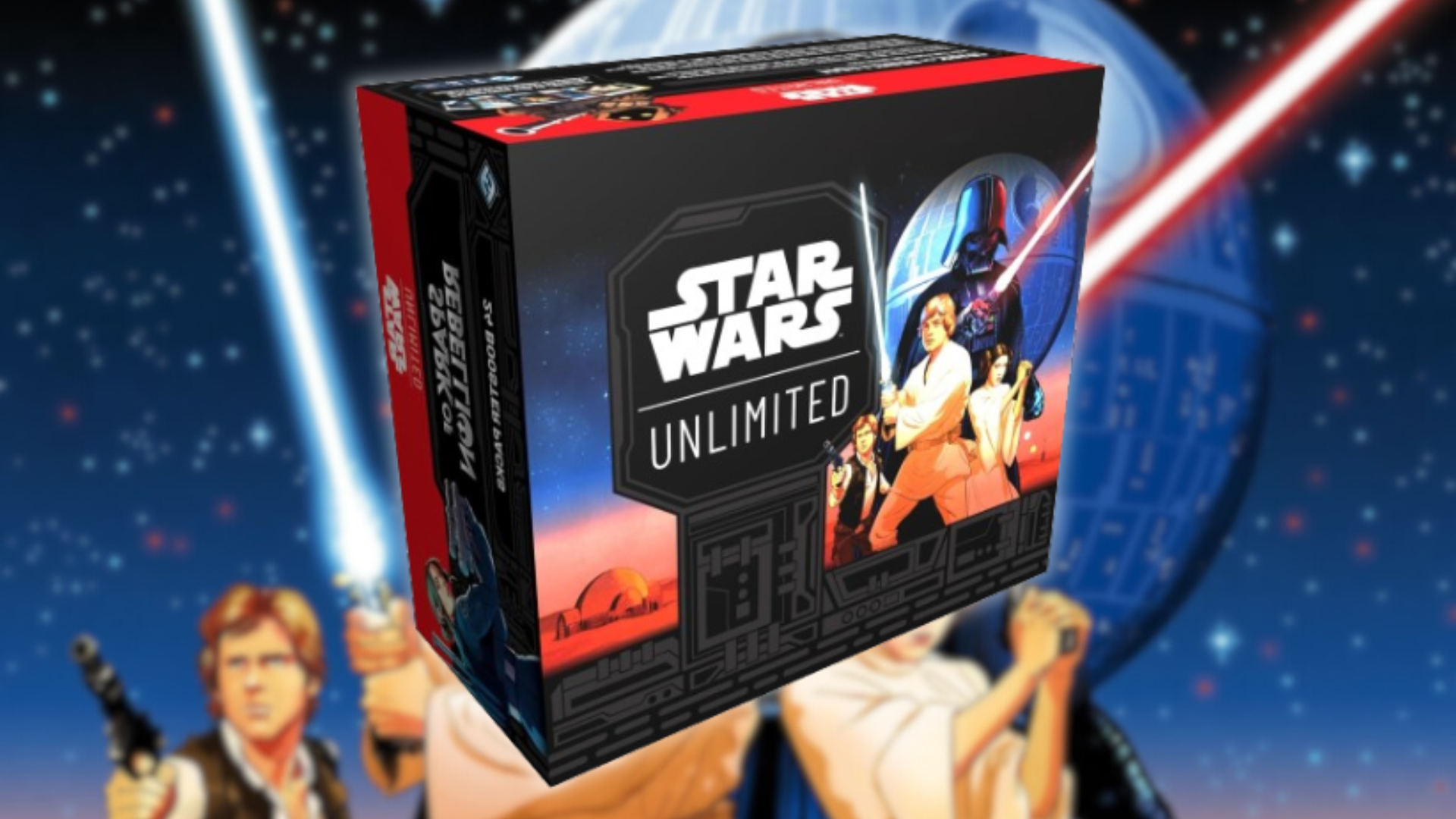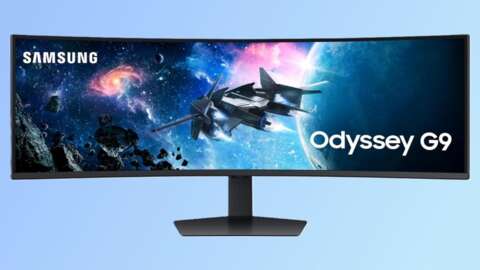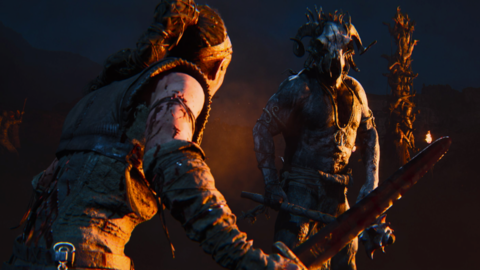If you're of a certain age, that is to say "old," then your first video game experience was likely on an Atari 2600 console. The wood-grain accented plastic box, with its mechanical switches and single-button joystick controller, represented both the runaway popularity of the home video game experience and its near-fatal collapse.
I am one of those people of that certain age, an old man whose earliest gaming memories were forged on an Atari 2600. While the first console my parents bought was a ColecoVision, we eventually got Atari's box as well, and I spent hours in front of a 13" black and white CRT playing games with baffling graphics and often unclear goals. And man oh man did I love it.
Well friends, Atari is back! Again! This time with the Atari 2600+, a shockingly faithful recreation of that now 46-year old gaming system that you can actually hook up to your modern TV.

Video Computer System
The 2600+ packaging is quite nice, actually. Inside the box you'll find the console, a quick-start guide, a joystick, a 10-in-1 game, HDMI cable, and USB to USB-C power cable. There's no adapter inside the box: you'll need to supply your own. Crucially, and weirdly, you need to use a USB wall adapter. I thought I'd be slick by just swapping out my Nintendo Switch power cable, since it's also USB-C, but that didn't work. Neither did the power supply for my Steam Deck… same story with my Macbook USB-C charger. I don't think I've ever encountered a piece of tech that didn't just accept any USB-C connection I offered, but that was the case with the Atari 2600+. It's not a big deal – who doesn't have half a dozen or more USB chargers at this point – it's just surprising.
The console itself is probably 20-30% smaller than the original device, but it's incredibly faithful otherwise. All the switches on the face of the console feel exactly like they did on the original. I always loved the springiness of the "Game Select" and "Game Reset" switches, and the power and "TV Type" switches both have the exact same satisfying clunk of the old console.
In addition to the USB-C power and HDMI ports on the back, there are also difficulty switches for both left and right player, as well as a 4:3 or 16:9 aspect ratio selector. The aspect ratio switch is self-explanatory, the difficulty switch is less so. You see, back in the day, you could make games more difficult for one or both players by changing the position of a mechanical switch. The fact those switches remain is something I really love about the Atari 2600+. They could have done all this stuff in a menu, but instead decided to keep it pure. Respect.

The "TV Type" switch is also something I love. Back in the day, if you owned an Atari 2600, there was a good chance you had a black and white TV. Even in the 1980s, B&W TVs were still around and were a budget choice for many people. When my parents upgraded to what was then a massive-seeming 19" color set, the 13" B&W was moved into my brother's and my room and became our gaming TV. Switching the TV Type to B&W changed the color palette of whatever game you were playing to a friendly greyscale, and I'm happy to say it still works as originally intended. Well, mostly. Some games, like Coleco's Donkey Kong, don't switch, but the majority of the ones I tried worked fine.
Atari's decision to keep the 2600+ as close to the original as possible is kind of a double-edged sword. On the one hand, I am a sucker for attention to detail, and I just can't get over how everything feels exactly like I remember. On the other hand… I don't really like having to get up and reset the game with a switch on the console every time I die, or when I want to cycle through the available games on something like Combat.
The joystick cable is woefully short, which I also have a love-hate relationship with. It would be awesome to sit across my room, on my couch, and play these old games. But at the same time, being forced to sit directly in front of the TV is a much more genuine experience to the original. We didn't sit in chairs, or on the couch, when we played old consoles back in the day. We sat on the floor directly in front of the TV until someone told us we were going to burn our eyes out, and dagnabbit we liked it.
Dust Off Those Old Carts
The biggest draw of the Atari 2600+ is it allows you to play the original cartridges from the 2600 and the 7800 on your modern TV (sorry, 5200 enjoyers). Unlike the Atari VCS (which I did not like much), there are no games living inside the memory of the system. It's entirely cartridge-based, which makes it closer to something like the Hyperkin RetroN 5. It includes a 10-in-1 cartridge in the box, with 10 original 2600 games.
You select which game you want to play by setting the dip switches on the cart itself and be still my heart. Dip-switches? This is the most-retro computing feature I've ever professionally reviewed. The settings are printed on the cart, so you don't have to worry about losing the box and having to guess your way through.

Of the included games, my favorite is, and maybe always will be, Yars Revenge. It's one of the best Atari 2600 games, right up there with Vanguard. The other games include Adventure, Missile Command, and Combat, which was a pack-in with the original console.
Original cartridges also work just like you'd expect them to. Pop them into the top of the 2600+, turn it on, and start playing. It's not instant-on, which I don't like. You have to sit through a few seconds of a splash screen with the Atari logo and a screen telling you the game is loading. That's weird to me, because Atari 2600 game files were limited to 4 kilobytes (with exceptions I won't get into). Four kilobytes is almost impossible to fathom in modern computing terms, so I find it slightly irritating that it takes more than zero-seconds between me hitting power and the game starting up.
Small annoyances aside, I was able to hot-swap games without issue, although some of the older, original carts didn't handle it well. That's likely due to 40 years of wear and tear and corrosion more than the 2600+. I had no problem popping out the included cart, changing the dip-switches, and popping it back in again. Is hot-swapping a feature? Well, I don't know for sure, there's very little documentation out there, so proceed at your own risk.

While it is pretty awesome to be able to throw in an original Atari cartridge and have it work almost exactly like it did back in the day, the Atari 2600+ is an emulation machine, and doesn't use an FPGA like the Analogue Pocket. It uses the open-source Stella emulator, which you can view in its entirety on GitHub. I like that they went with a known-entity rather than try and reinvent the wheel, but I would have preferred the fully identical hardware an FPGA solution would have afforded.
So what does the Atari 2600+'s emulation software mean for you, the owner of some 2600 carts you bought at a flea market? Probably very little. But because it's software emulation rather than hardware, some games won't work. The number of non-working games is pretty small, and you can find the list buried on the Atari 2600+ website. I didn't have any trouble with any of the games I have, but if you're really hoping to play that copy of The Texas Chainsaw Massacre for the 2600… well, maybe they're doing you a favor.
40+ Year-Old Game Design
The biggest problem with any system designed around the Atari 2600 is a large majority of the games available for that console just aren't much fun to play anymore. There are a few exceptions, like the previously mentioned Yars Revenge and the "how did they even do this?" Pitfall II. Adventure is one of the most historically significant games of the era, but its completely obtuse gameplay and single-pixel protagonist make it hard to appreciate as anything more than a relic.
That's the biggest weakness of all the game systems from back in the day. The games just don't hold up well. It's hard to understand now, but a huge draw of the early home "arcade" systems was the novelty of being able to directly control the picture on your television. TV had always been completely passive, and now you could push a little stick and press a shiny red button and the images on the screen, primitive though they were, were entirely under your control. It's impossible to ever replicate this novelty, which means many of the 2600 games have to live on the merits of their gameplay alone, and sadly, many of those games just suck ass.

None of this is the fault of the Atari 2600+, however. The good news is, those few games that actually are fun are pretty inexpensive, so you can easily build out a library of the all-time best of the best for the Atari 2600, and Atari 7800 carts are also easy to source and relatively cheap online.






